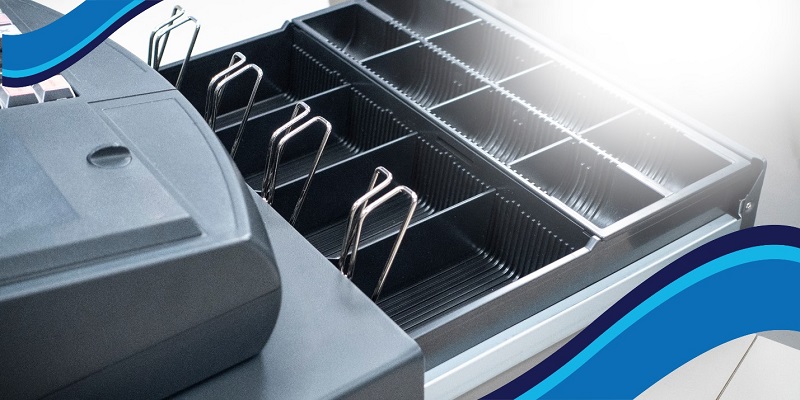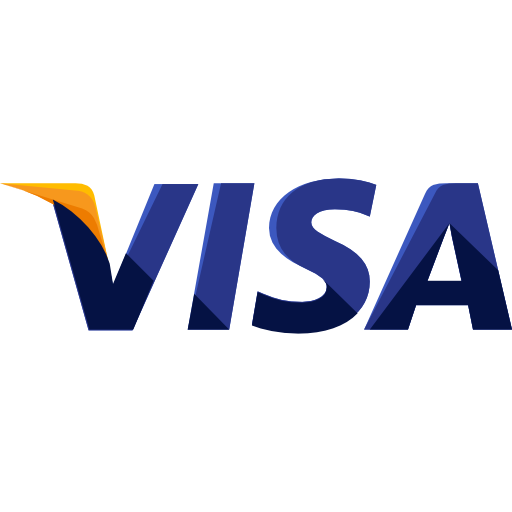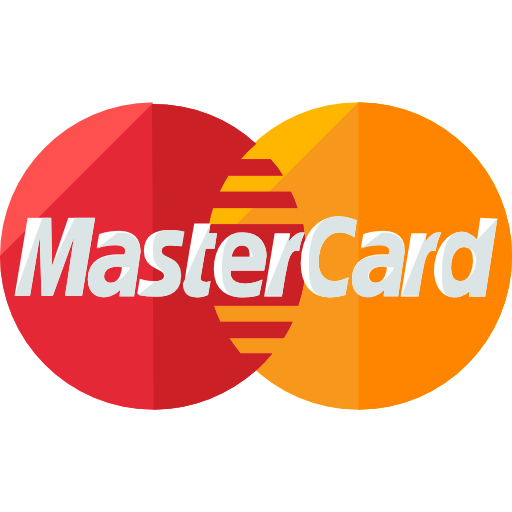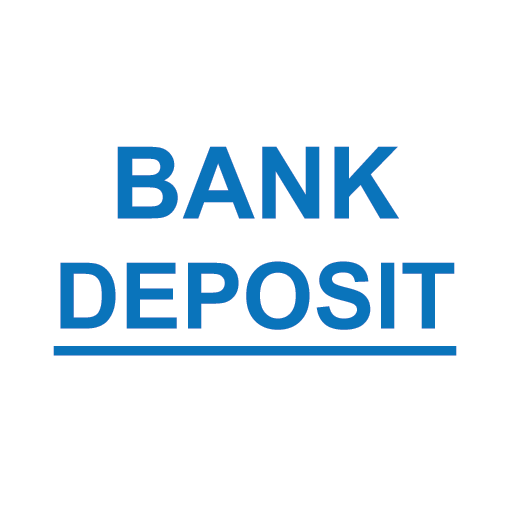News
POS Cash Drawer Philippines Grand Tech Int’l. Ent. Corp.
Monday, August 2, 2021Table of Contents
- Introduction
- What Are POS Cash Drawers in the Philippines?
- How Do You Balance a POS Cash Drawer?
- Get the POS Report
- Count the Cash
- Iron Out Discrepancies
- Record All Transactions
- What Is the History of Cash Drawers?
- What Are the Other Technologies Commonly Used Along With Cash Drawers?
- Box Computer
- Credit Card Terminals
- Magnetic Slot Readers
- POS Printers
- POS Tablets
- Programmable Keyboards
- Touch Monitors
- Conclusion
Run Your Business Efficiently by Investing in a POS Cash Drawer in the Philippines
When you decide to open a commercial establishment, you must consider the different administrative, management, and marketing duties you need to do to ensure that you can run your business smoothly. These tasks include double-checking your inventory, putting together monthly sales reports, and more.
Investing in a high-quality point of sale (POS) system can go a long way in ensuring that all your operations are accounted for. This complex network of hardware and software technology can help you process sales and payment transactions. Additionally, it can help improve your inventory management and company organization in addition to providing advanced reports.
At Grand Tech Int’l. Ent. Corp., we can provide you with various equipment for your retail store or restaurant to help you organize your establishment’s information and streamline your internal processes. This includes touch monitors, magnetic slot readers, programmable keyboards, and POS cash drawers in the Philippines. If you’re still unsure what to get, rest easy knowing that our team would be more than happy to assist you in deciding which apparatuses you need most.
What Are POS Cash Drawers in the Philippines?
The cash drawer is an essential part of a POS system. Money, credit card receipts, and other paperwork are stored in this container throughout the day before being collected at the end of each shift or period. These trays are very sturdy since they can withstand being constantly opened and closed on a regular business day.
Businesses typically responsible for balancing a cash drawer include clothing stores, supermarkets, restaurants, bakeries, and other retail stores.
Make sure to balance your till every day or after every shift to keep your books as accurate as possible. This way, you can quickly and easily make corrections if something doesn’t add up. It would also be best to assign designated managers to balance the cash drawer to have trusted employees working with your incoming cash, credit card, or check transactions instead of having multiple individuals.
How Do You Balance a POS Cash Drawer?
The steps to balancing a POS cash drawer would differ from one business to another. Larger stores may need to make multiple daily deposits because they have numerous terminals, while smaller stores might only have one cash drawer to count. Here are four basic steps that almost all commercial establishments do when going through their earnings for a specific period:
Get the POS Report
First and foremost, you need to print or access a POS report that details how much your total should be. This document will break down the entirety of your earnings for a specific day and specify whether a transaction was paid for through cash, check, or credit card. It can also assist in helping you track revenue, analyze sales, audit employee performance, and list purchases.
Count the Cash
When you calculate your total, make sure to count your cash and total up your checks, credit card receipts, and other transactions. It would be best to note the amount of money you initially placed in your register at the start of each shift to ensure that you have enough cash that will serve as change for your customers. To make the process less tedious and increase productivity, you may also invest in a counting machine.
Iron Out Discrepancies
If you have any discrepancies, don’t fret too much! Most inconsistencies are caused by human error, such as giving incorrect change to a customer or misplacing a credit card receipt. Shortages could mean that cash was either lost, stolen, or counted incorrectly, while excessive funds usually mean that one of your employees accidentally shortchanged a customer.
When trying to resolve the issue, make sure to:
- Recount Your Cash, Checks, Coupons, Credit Card Receipts, etc.
- Check the Area Around Your Drawer for Missing Documents (e.g., Receipts)
- Review POS Transactions for Any Errors in Computation
Record All Transactions
Lastly, make sure to record all POS cash drawer transactions into your books for future reference. Write down all cash, credit, check, coupon, and other sales to ensure that everything is accounted for. If there are any monetary issues that you could not resolve, make a separate column for them for better tracking.
What Is the History of Cash Drawers?
Cash transactions replaced barter as businesses slowly expanded over the years, with shopkeepers taking steps to secure their money. However, it was difficult for business owners to ensure that their employees weren’t pocketing some of the payments, especially since they didn’t have a tool to help them keep track and store the money they earned in a day.
By the late 19th century, James Ritty and John Birch received a patent for inventing the first mechanical cash register. The machine used metal taps with denominations pressed into them to indicate how much your sales were. Furthermore, it had a bell that rang every time someone’s total was calculated and a mechanism that added all the cash values that were pressed. It was named “Ritty’s Incorruptible Cashier” and helped decrease employee theft and embezzlement.
After a few years, John H. Patterson bought Ritty and Birch’s company and cash register patent before renaming the business into the National Cash Register Company in 1884. He was committed to growing his newly purchased business, so he constantly improved the quality of their products. This made their organization one of the most successful cash register manufacturing businesses in the late 1800s to early 1900s.













